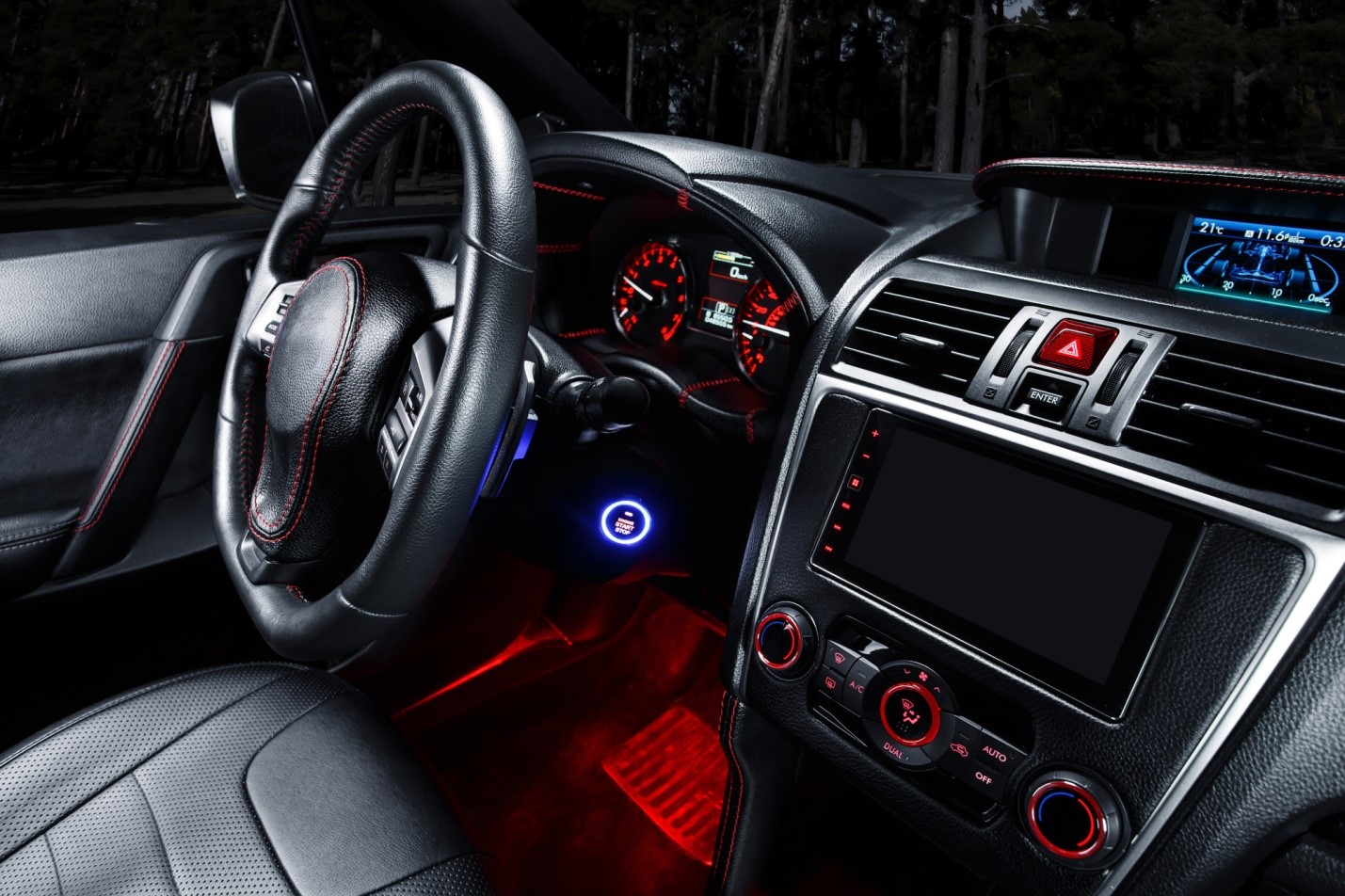[ad_1]
Have you ever been in a motor vehicle accident? During the average lifetime, there is a strong likelihood that you or someone you know will experience an unfortunate event of this kind. Statistics show that during their life span one of every four people will be in a car crash. After a fender bender, whether you are the driver or a passenger, you may take a painkiller or two and perhaps do some physical therapy. Then, when you feel better, you may never think of it again. But what if symptoms linger? Or, worse yet, if you have no symptoms, can an accident come back to haunt you?
What Is “Whiplash”?
The non-medical term whiplash was first used in 1928. Although more accurate terms, such as acceleration flexion-extension neck injury or soft tissue cervical hyperextension injury have sometimes replaced it, “whiplash” continues to be used commonly for this kind of soft tissue neck injury. Whiplash injury specialist Dr. Arthur Croft estimates that as many as 3 million whiplash injuries occur every year in the United States, and that one of every three people will suffer from the condition.
Whiplash injury is a sudden strain or trauma affecting the bones, disks, muscles, ligaments, nerves, and tendons of the neck, a body area that involves seven vertebrae and is known as the cervical region. The damaging forward and backward or even sideways jolt of the head and neck are caused not only by automobile accidents, but also by contact sports, various amusement park rides, falls, and assaults. Statistically, motor vehicle collisions, contact sports, and amusement park rides are the top three causes.
Various symptoms are associated with whiplash injury, including, but not limited to, neck and back pain, nausea, numbness, weakness, fatigue, dizziness, vertigo (loss of balance), inflammation, hearing impairment, headaches, visual disturbances, fracture, and paralysis. Occasionally, no symptoms are present initially, only showing up days, weeks, or even years after the injury. The consequences of whiplash range from mild pain for a few days (the most common outcome) to severe disability caused by restricted movement of the head or of the cervical spine, sometimes with persistent pain. It is likely that 40% to 50% of people with whiplash injuries suffer permanent pain.
Treating the Injury
Following an accident, it is important to be checked immediately either at an emergency room or by your chiropractor. Provided no fracture has occurred, a chiropractor can do an examination that begins with obtaining a detailed history, followed by orthopedic and neurologic tests, a range of motion test, posture and palpation check, and X-rays to see the extent of damage or change in the spine. The neck should be perfectly straight on an X-ray, and your chiropractor will be able to identify any misalignment (subluxation). On a side view, the neck should show the arc of a circle. Loss of the cervical curve, which is common on physical impact, can cause any of the whiplash symptoms listed previously.
Treatment for whiplash includes passive and active exercises, gentle massage, chiropractic, therapeutic massage, spinal and extremity adjustments, as well as such therapies as traction to correct the spinal posture, electrical stimulation to relax the muscle spasms, stretching, and ice. Application of ice immediately after most whiplash injuries helps reduce inflammation and swelling. Each application should be maintained for 10 to 20 minutes every hour. After 24 hours, alternating between ice and heat is recommended, up to 20 minutes per treatment. The ice or ice pack should be wrapped in a towel before use. To sleep, the patient can roll a towel and place it underneath the neck while lying on his or her back so that the back of the skull is resting on the bed, a position that promotes healing of the injury.
Chiropractic Is Preferred
Many studies have shown chiropractic and acupuncture are more effective than medications for treatment of injuries sustained in car accidents. According to the Insurance Research Council, “nearly one third of all claimants injured in motor vehicle accidents (MVAs) seek treatment from doctors of chiropractic.” This is an impressive number when you consider that the National Safety Council (NSC) has determined there are more than 12 million MVAs annually involving more than 20 million vehicles.
In a related study published in the New England Journal of Medicine, researchers showed that “treatment of the facet joints [which link the bones in the spine] not only relieved severe neck pain, but also resolved the psychologic disturbances associated with car accidents.” According to another study published in Dr. Stephen Foreman and Dr. Arthur Croft’s book Whiplash Injuries: The Cervical Acceleration/Deceleration Syndrome, 3rd Edition (Lippincott Williams & Wilkins, 2001), a recent comparison of medicine, acupuncture, and chiropractic care in a randomized trial reported that “comparing medication (Celebrex, Vioxx, or paracetamol [acetaminophen]) to acupuncture and spinal manipulation over the course of 9 weeks in persons with chronic spinal pain (neck to low back pain included), the authors demonstrated a rather profound superiority in chiropractic spinal manipulation.”
Many people choose chiropractic care for treatment because of its advantage in improving soft tissue injuries (ie, ligaments, muscle, tissue), especially of the spine. As injuries associated with car accidents are most frequently sprains and strains of the spinal muscles and their associated ligaments, it is natural that chiropractic is the preferred treatment.
Preventing Further Injuries
Various proactive factors can help prevent whiplash injuries from occurring or worsening while driving. Besides the obvious steps to avoid distractions in the first place, such as not using a mobile phone either to call or text, wearing a full lap restraint is a must. Drivers and passengers should position their headrests in the middle of the back of the skull and try to keep the head on the headrest while the car is in motion. Looking straight ahead and frequently checking the rearview mirrors are also crucial for the driver.
Because some whiplash injuries result in effects that last for years, if an accident with cervical impact occurs, receiving immediate attention is essential. Seeking good medical and chiropractic care without delay can help prevent additional injuries from developing as well as preclude the need for surgery.
Dr. Chad Laurence is one of fewer than 400 doctors worldwide to be recognized as a distinguished fellow of Clinical Biomechanics of Posture. His practice focuses on structural correction of the spine, nutrition, massage therapy, acupuncture, family care, and pediatrics as well as support after personal injury and auto accidents. Dr. Laurence can help relieve symptoms for individuals suffering from a variety of physical problems, including neck and low back pain, carpal tunnel syndrome, headaches, extremity issues, and arthritis.
[ad_2]











